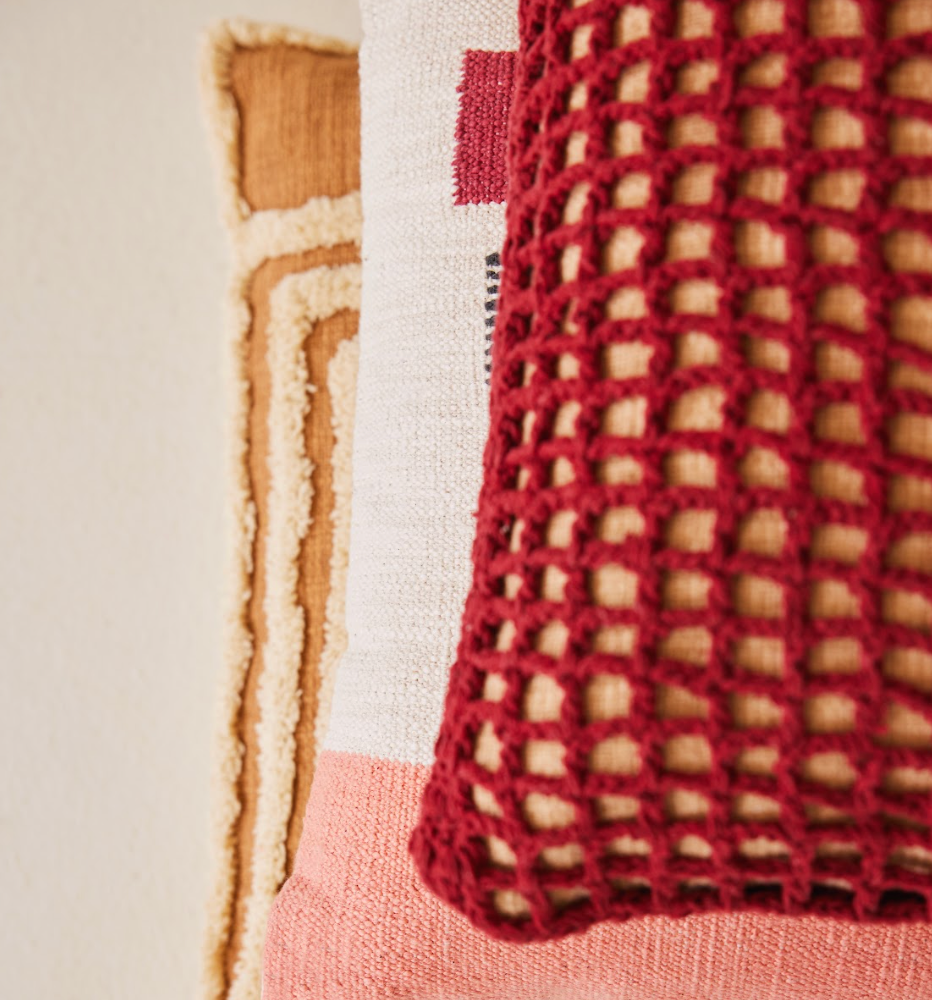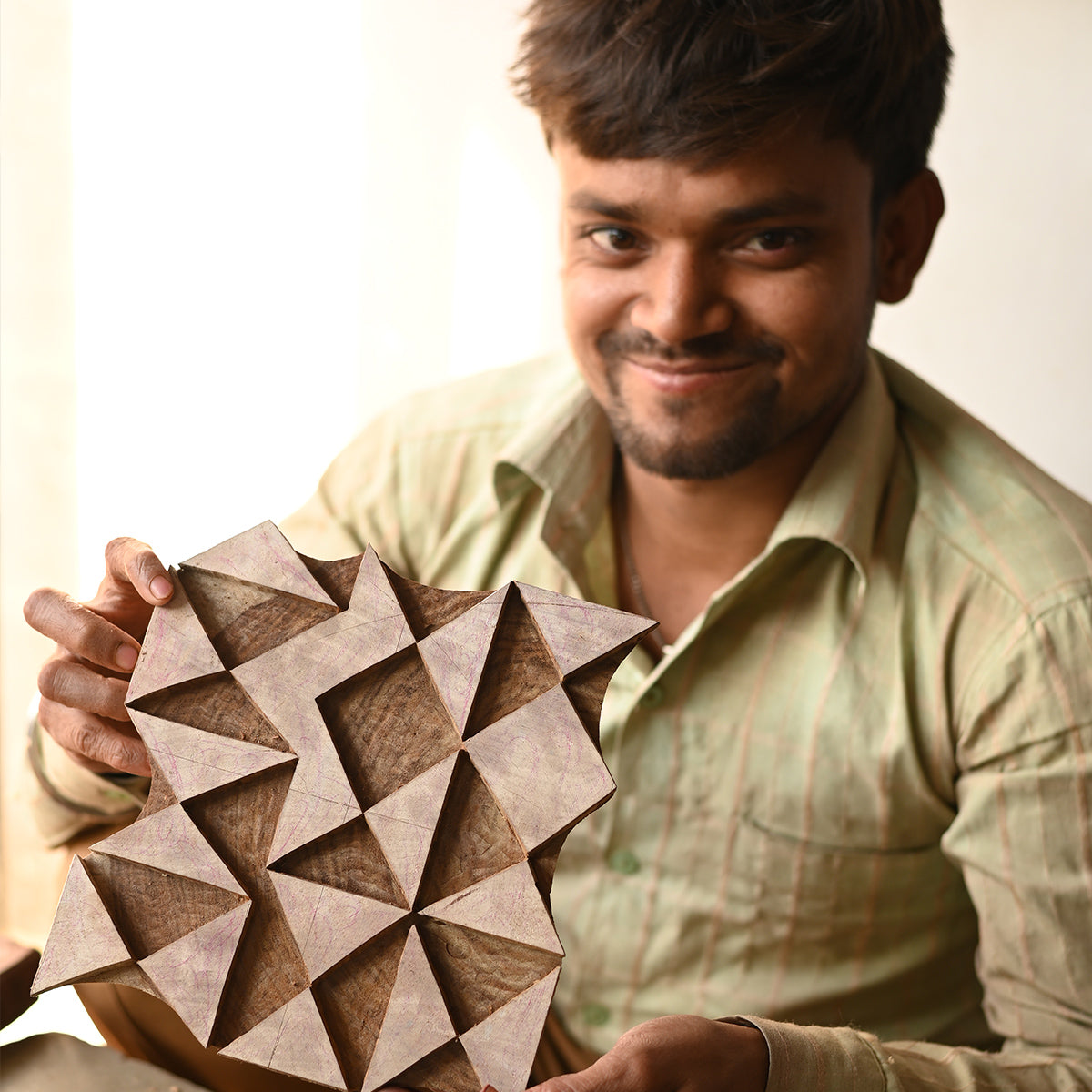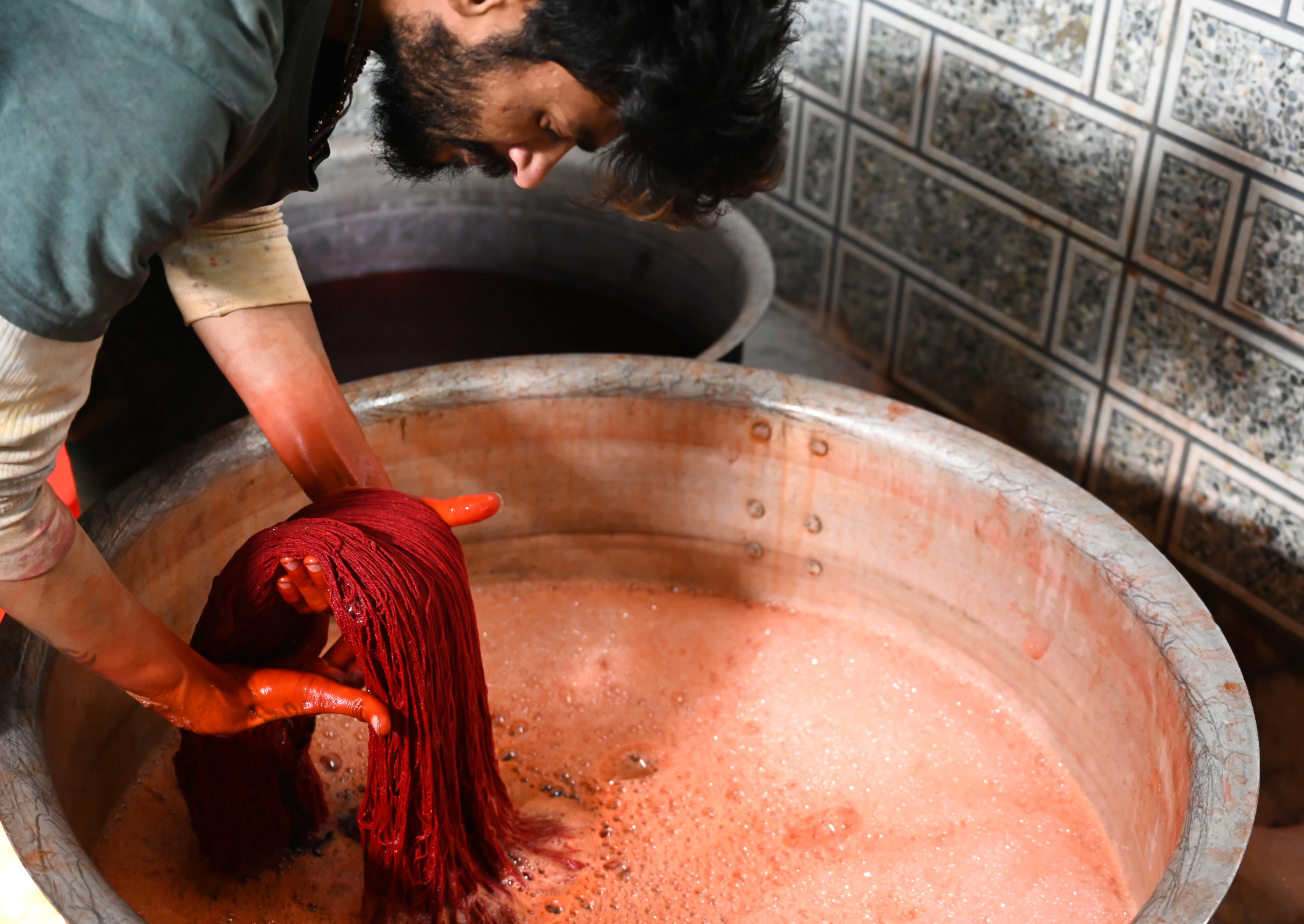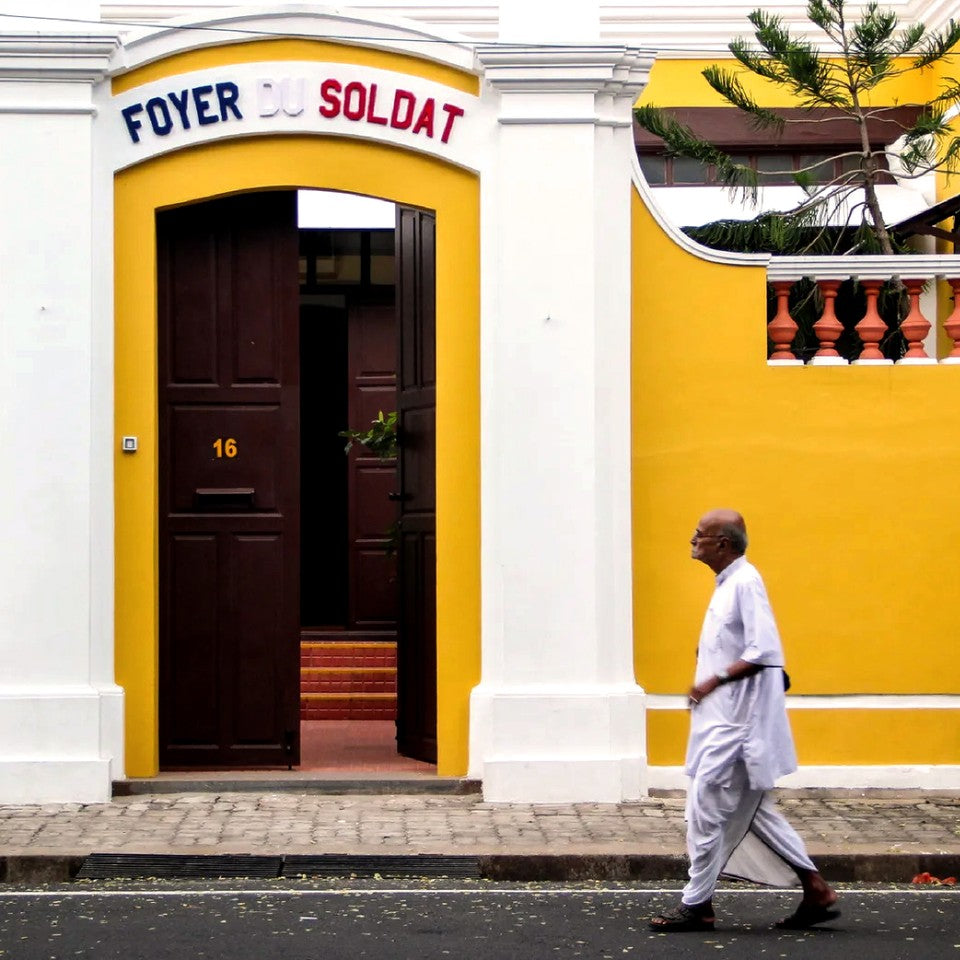
The Renaissance of Crochet in Modern Interiors
The world of interior design, like any form of art, moves in cycles. Sometimes, it’s the unexpected return of forgotten trends that stirs the most excitement. Crochet, with its rich and varied history, is one such art form experiencing a vibrant renaissance in today's design world. For those who immerse themselves in the realm of interior aesthetics, understanding the roots and revival of crochet provides a unique lens through which to appreciate its current ubiquity.
The Historical Threads
Crochet's origins are somewhat debated, but its influence is undeniable. There's evidence suggesting crochet was practiced in early cultures across South America, Arabia, and China. Historically, this handcrafted technique was more than just a decorative endeavor; it was a method of community bonding, a means of economic sustenance, and an heirloom art passed down through generations.
In Victorian England, crochet became synonymous with status — a refined skill that young women were encouraged to master. Patterns became more intricate, and the craft was showcased in various home adornments, from tablecloths to curtains.
The Modern Tapestry
Fast forward to the 21st century, and the layers of history embedded in crochet have made it a darling among modern designers and homeowners alike. But what factors have contributed to this revival?
-
The Age of Individuality:
Today, homeowners and designers seek pieces that aren't just functional but are also conversation starters. Each crochet item, handcrafted and unique, introduces a distinct personality to a space. -
Sustainability and Mindfulness:
In an age of mass consumption, there's a growing movement toward sustainable living. Crochet, being handcrafted and often made from sustainable materials, fits seamlessly into this ethos. -
Therapeutic Crafting:
Beyond its visual appeal, the act of crocheting has been lauded for its therapeutic benefits. The repetitive motions, the tactile engagement with yarn, and the focus required make it a mindful activity, likened to meditation.
The Nuances in Design
While the art form remains true to its core, contemporary applications of crochet showcase remarkable versatility:
-
Crochet in Minimalist Spaces:
Contrary to popular belief, crochet isn't exclusive to bohemian or vintage settings. In minimalist designs, a crochet piece can serve as a subtle, textured focal point, breaking the monotony without overwhelming the space. -
Larger Installations:
Beyond the customary throws and rugs, modern designers are experimenting with larger crochet installations. Wall hangings, room dividers, and even light fixtures are being crafted with crochet, creating intriguing visual experiences. -
Color Play:
While traditional crochet often leaned toward neutral tones, today's designs burst with color. Vibrant hues intertwined with classic patterns result in pieces that are both nostalgic and vivaciously modern.
Conclusion
The revival of crochet in modern interiors is a testament to design's cyclical nature and the enduring allure of handcrafted art. It's not just a trend; it's a movement, highlighting the synthesis of time-honored techniques with contemporary aesthetics.
For design enthusiasts, embracing crochet isn't merely about incorporating a piece of decor. It's about intertwining stories, histories, and traditions into the very fabric of a space. As the world of interior design continues its ever-evolving journey, crochet serves as a poignant reminder of where we've come from, anchoring us even as we explore new horizons.





